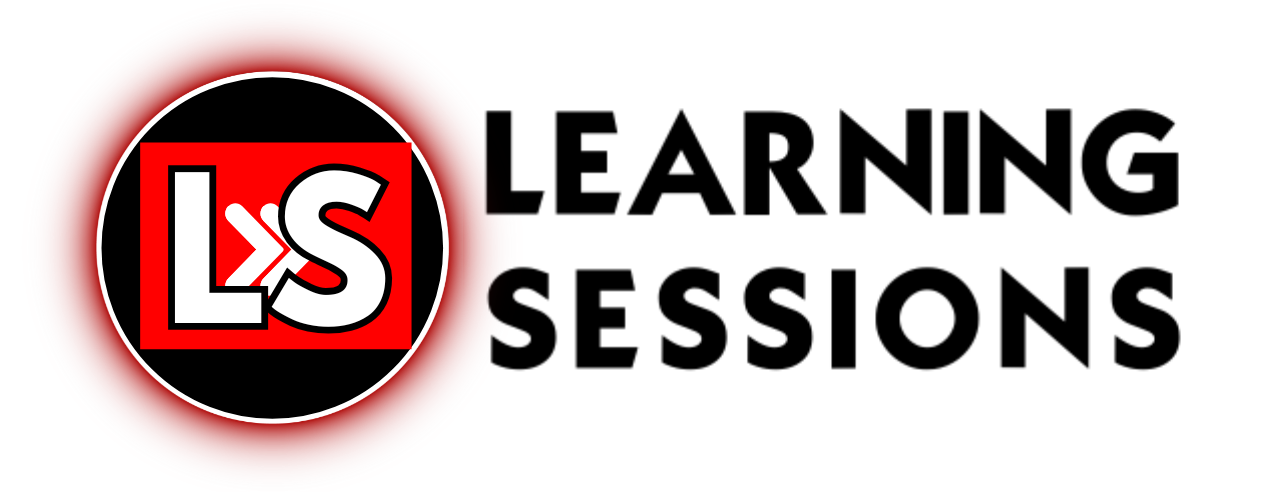Have you ever wondered why financial statements like the Balance Sheet and Profit & Loss Statement are so crucial in banking and finance? If you’re preparing for JAIIB & CAIIB exams, mastering these concepts can give you an edge in understanding banking operations and financial analysis.
📚 CAIIB Study Resources 📚
👉 Check Here
👉 Check Here
👉 Check Here
👉 Get Tests Here
👉 Check Here
👉 Click Here
👉 Click Here
- The structure of a balance sheet (assets & liabilities)
- Key financial concepts like reserves, capital, and current vs. non-current assets
- The profit & loss statement, including gross profit, net profit, and operating expenses
- Important ratios and formulas you MUST know for the ABM paper
This session is perfect for:
- Banking professionals preparing for JAIIB & CAIIB exams
- Finance students who want to solidify their understanding of financial statements
- Anyone who wants to decode financial jargon easily
👉 Watch the video below for a complete breakdown:
Understanding the Balance Sheet
What is a Balance Sheet?
A balance sheet is a snapshot of a company’s financial position at a specific point in time. It shows:
- Assets (what the company owns)
- Liabilities (what the company owes)
- Equity (owner’s funds in the business)
1. Liability Side (Sources of Funds)
Liabilities represent the sources of funds a company uses. These include:
- Share Capital – Money raised from shareholders (Equity & Preference Shares)
- Reserves & Surplus – Retained earnings & other special reserves
- Long-Term Liabilities – Loans, debentures, bonds issued for funding
- Short-Term Liabilities – Creditors, outstanding expenses, unpaid dividends
2. Asset Side (Application of Funds)
Assets represent how the company utilizes its funds. Key components include:
- Fixed Assets – Land, buildings, machinery
- Current Assets – Cash, bank balance, stock, receivables
- Investments – Stocks, bonds, securities
- Intangible Assets – Patents, trademarks, goodwill
📌 Exam Tip: In banking, balance sheets are mostly in vertical format, listing sources and uses of funds.
Profit & Loss (P&L) Statement Explained
What is a P&L Statement?
The Profit & Loss Statement shows a company’s income and expenses over a period. It helps determine whether the company made a profit or loss.
Key Formulas:
- Gross Profit = Net Sales – COGS
- Operating Profit = Gross Profit – Operating Expenses
- Net Profit = Operating Profit + Non-Operating Income – Interest – Taxes
Advanced Bank Management | Credit Delivery Part 4 | Module C [Free Epdf]
Understanding Financial Ratios
To better analyze financial statements, you must understand key financial ratios:
- Current Ratio = Current Assets / Current Liabilities
- Debt-to-Equity Ratio = Total Liabilities / Shareholders’ Equity
- Return on Assets (ROA) = Net Income / Total Assets
- Return on Equity (ROE) = Net Income / Shareholder’s Equity
Understanding these ratios will help in making better financial decisions and preparing for banking exams.
📥 Download Complete PDF Notes
👉 Get access to detailed notes, one-liners, and expert guidance for JAIIB & CAIIB.
📩 Join our WhatsApp group by sending ‘PDF’ to: 8360944207
🎯 Stay updated & Ace your Exams! 🚀
Also Like:







